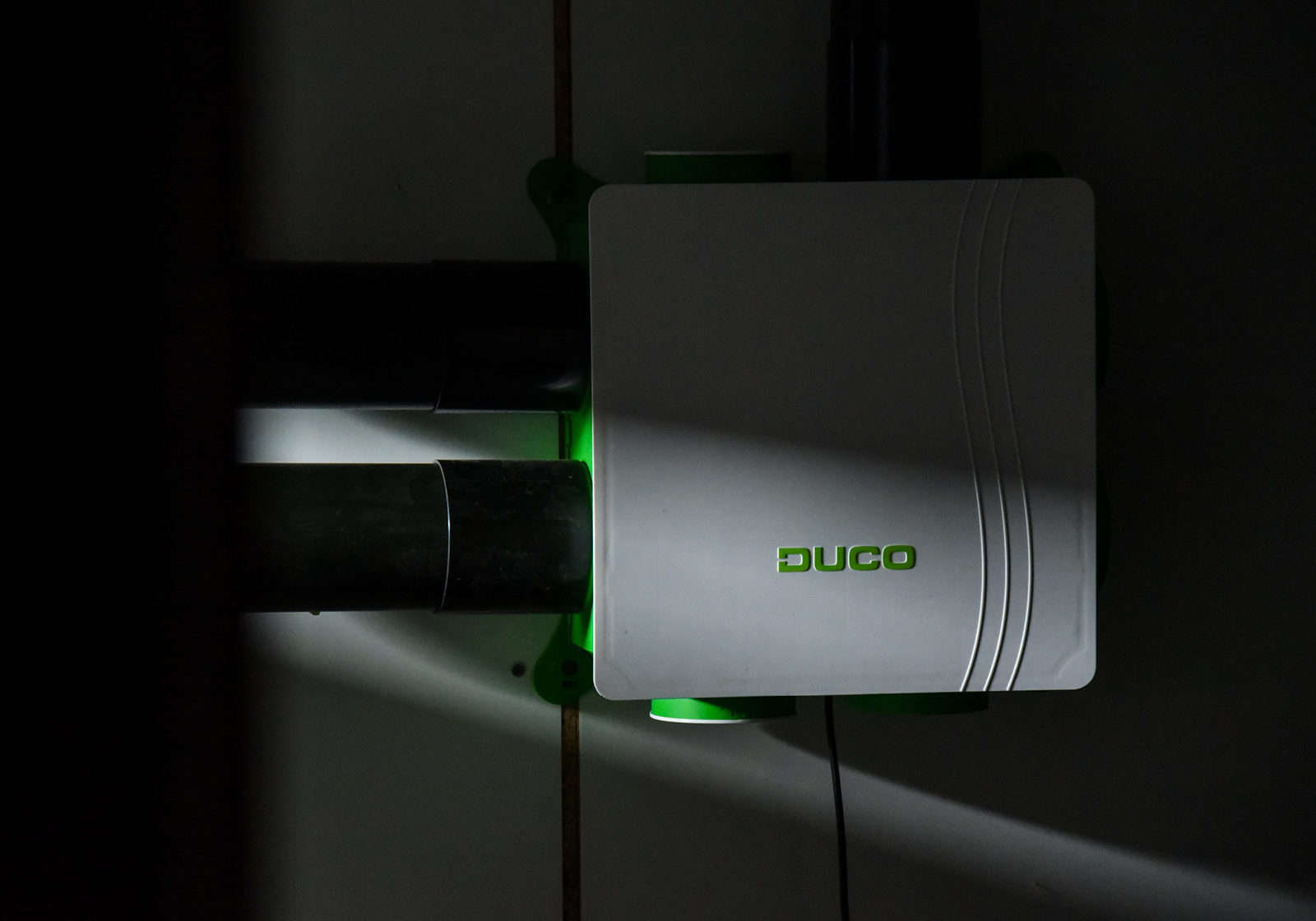
the indoor air is up to five times more polluted than the external air?
How to ventilate your home?
Insulation is ventilation
Previously, ventilation was not required since there was always sufficient fresh air entering the home thanks to poorly sealed windows and doors and roller blind housings. This led to great energy losses and, therefore, the construction sector decided to make homes and buildings more airtight. The downside: the stale air which arises indoors cannot escape and this creates an unhealthy home.
Did you know that the indoor air is up to five times more polluted than the external air? (US Environmental Protection Agency, s.d.) Whilst our generation is regarded as the ‘indoor generation’. Only 18 % of people believe that they spend 21 hours or more indoors, whilst previous research suggests that we spend 90 % of our day within four walls. (YouGov, 2018) This is why ventilation is necessary to guarantee the supply of fresh and healthy air indoors.

How not to ventilate
There are many different ways to ventilate but most techniques are however inadequate or only deal with part of the problem.
Air conditioning, for example, does provide cool air but not fresh air. Airing is not the same as ventilation since you draw in fresh air but the stale air is not extracted. Furthermore, a window is often closed to limit energy loss. Consequently, the fresh air that entered disappears just as readily. Ventilation forms the cornerstone for an optimum indoor climate. And this is true 24 hours a day. Seven days a week.

How you can ventilate your own accommodation
You can ventilate in a range of different ways. In order to determine the correct ventilation system you need to consider your lifestyle.
There are various ventilation systems in existence, each with its own advantages and disadvantages. What matters is that the stale air is extracted, with or without heat recovery so that it cannot be spread into other rooms. Legislation stipulates that fresh air must be supplied, into dry rooms, living spaces, it must be able to circulate freely via the various passageways to moist rooms in which there is a high level of moisture and odour generation and from where the stale air needs subsequently to be exhausted.
Do you want to be part of the World of Oxygen?
Contact usBibliography
US Environmental Protection Agency. (s.d.). The Indoor Generation. Retrieved from Get Outdoors.
YouGov. (2018). The Indoor Generation Report / WHO Europe report / US Enviromental Protection Agency. Retrieved from Get Outdoors.